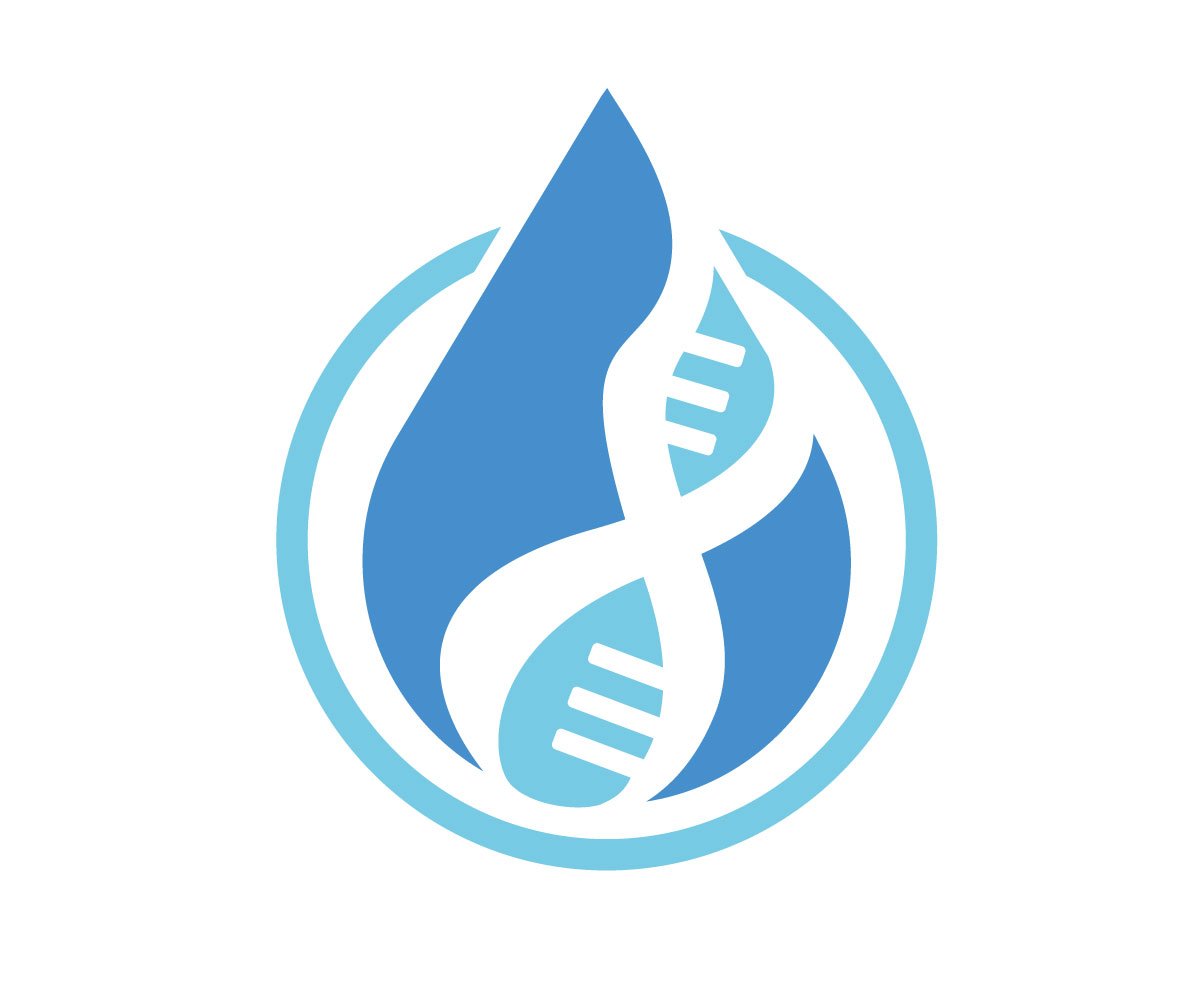“If My Dad’s Not My Biological Father, Then Who Is?”
More people every day are discovering unexpected news about their parentage as a result of consumer DNA tests. As a licensed and certified genetic counselor specializing in ancestry testing, I have more and more people reach out to me wondering could it be true my dad’s not my dad? If so, then who IS?
My first thought for you is to realize that identifying a biological parent, reaching out, and forming a relationship are three distinct things.
DON’T FEEL THE NEED TO RUSH AND DO EVERYTHING AT ONCE.
Many people have described feeling a sense of urgency to figure things out right away, but for many, taking time and slowing down is what they need first. Take a pause and regroup before taking any action.
Find your way to support, and find someone with DNA expertise like myself to double-check the results. Consider a second test, at a different company or by sending in a new DNA sample.
If the findings are confirmed, you can move to the next step.
How you feel now versus how you’ll feel in a month, a year, or a decade might differ.
Fortunately, there are growing resources available for support no matter where you are in your NPE (‘not parent expected’) discovery.
While you wait for all the answers to your questions to become clear, keep these five tips in mind:
1. First and foremost, learn about setting boundaries to protect your emotional health. When a tightly-held family secret comes out, no matter what it is, some people may panic. Panic can lead to reactions and behaviors that are unexpected, confusing, and hurtful. Understand that behaviors and verbal attacks can be an attempt to control you and the situation. The discovery of hidden information is not your fault. You did nothing wrong.
2. To figure out who you might be genetically related to, you will need to learn a little about DNA family searching. This can be hard to do when you are upset and in a state of shock. Check out the resources of this site. Learn about the techniques involved in DNA family searches through books like my DNA Guide for Adoptees or other websites like dnaadoption.org.
4. If you do not have close enough paternal side DNA matches at the company you first tested, you might need to test at more DNA companies to find close enough paternal side relatives. You have the option to order additional DNA tests from the other major companies (AncestryDNA, 23andMe, MyHeritage, FamilyTreeDNA) or you can transfer your DNA raw data file from the first company you tested into some databases for free. This helpful blog post by Leah Larkin describes where raw files can be downloaded and where they can be uploaded to.
3. Look for your closest paternal side matches in your DNA match list. To do this, you will need to learn how to separate your DNA matches into maternal side and paternal side, then begin to research the family trees of those remaining on the paternal side. This sounds easier than it is. You might benefit from hiring a professional searcher, find a search angel, or ask someone in your family to learn how to do it for you. A spouse, adult child, or your family’s genealogy expert can be a helpful assistant. Dani Shapiro described how her husband and a professional genealogist helped her identify her biological father in her NPE memoir Inheritance.
5. The most important step you can take for your personal well-being is to connect with support as soon as you can. For some people, this takes the form of an online support group and/or working with a therapist. You cannot speed up the process of DNA testing and learning about the use of matching databases for finding DNA family, but you can find support for the time while you wait. Here are some helpful places to turn:
NPE Friends nonprofit (offering support both on and off Facebook)

